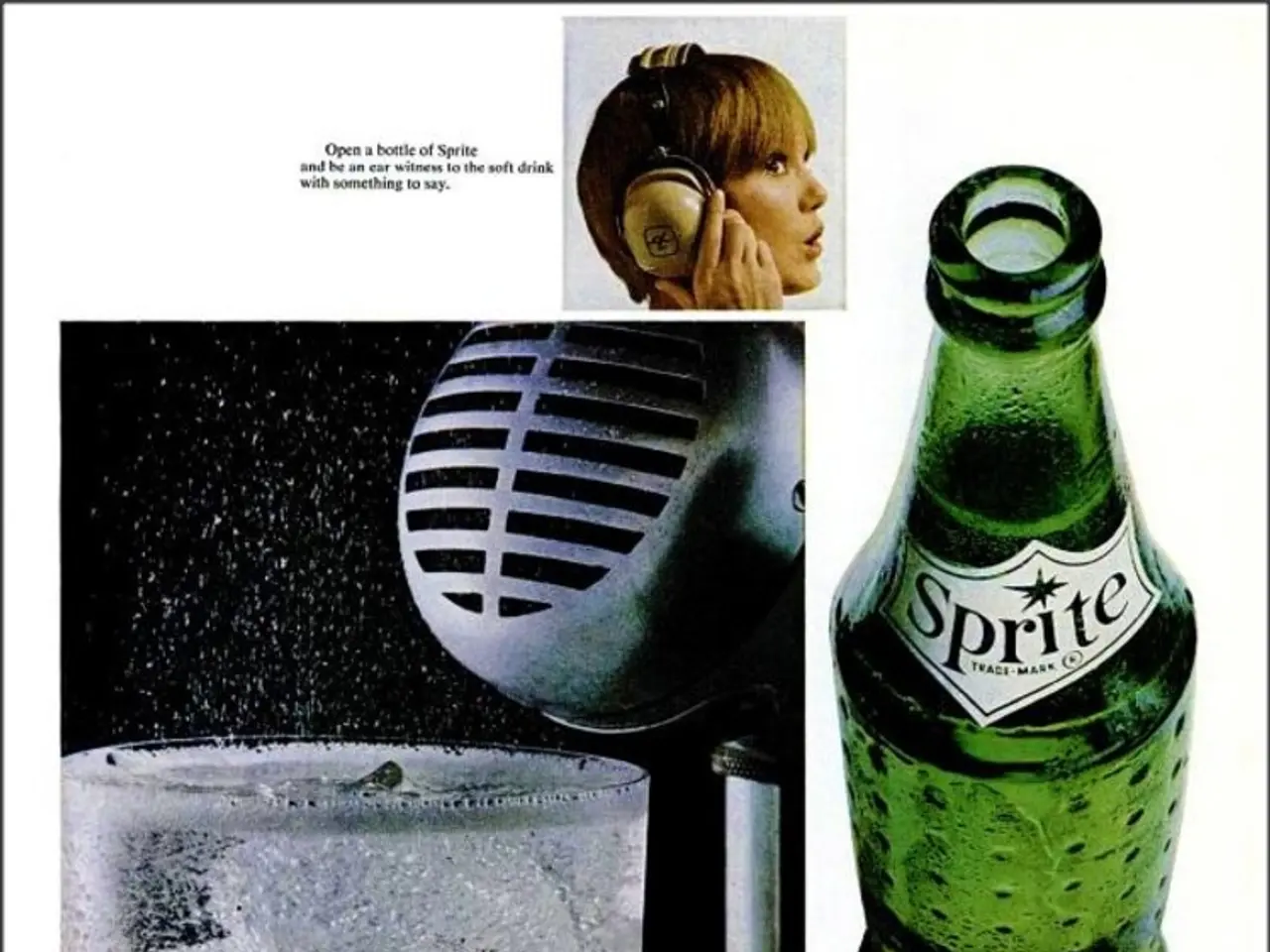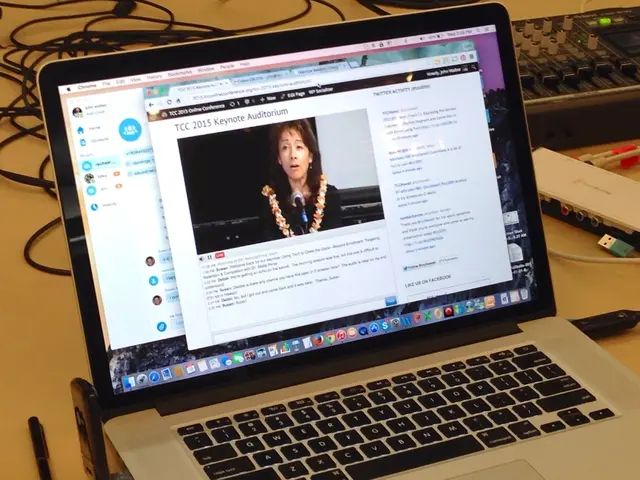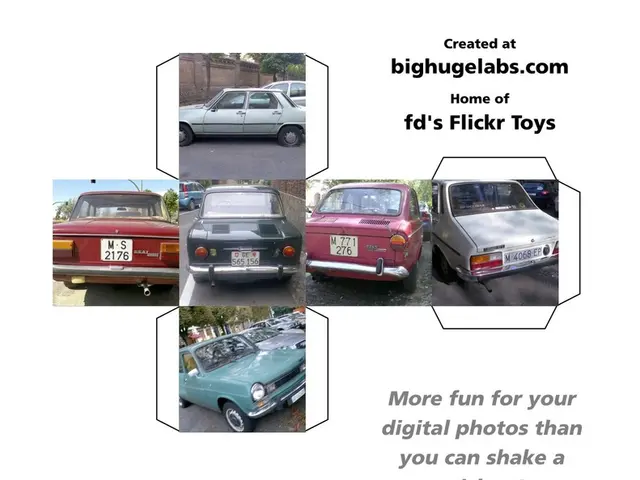Exploring the Application of Quantization for Smoothness Enhancement in Digital Images
In the digital world, where data is often converted between different bit depths or colour spaces, quantization errors can lead to unwanted artifacts such as colour banding in images and distortion in audio. This is where dithering comes in, a technique used to minimize these errors and enhance the overall quality of digital media.
## How Dithering Works
### In Digital Images
Dithering is employed to reduce the visual artifacts that appear when reducing the colour palette of an image. For instance, converting a colour photo to a black and white image with limited grey levels or reducing a 24-bit colour image to 8-bit indexed colour. By adding a small amount of random noise or using a patterned approach, dithering distributes the quantization errors across neighbouring pixels, making banding and contouring less visible.
### In Digital Audio
In the realm of audio, dithering involves adding low-level, random noise to an audio signal before reducing its bit depth. When audio is converted from a higher bit depth (like 32-bit or 24-bit) to a lower one (like 16-bit), the process of rounding off amplitude values to the nearest available bit can introduce quantization errors, which manifest as distortion or noise. Dithering randomizes these errors, converting them into a low-level, usually inaudible noise that is less perceptually disturbing than quantization distortion.
## Implications of Dithering in the Digital Era
- **Improved Fidelity:** Dithering helps preserve detail and reduce artifacts, both in images and audio, when working with limited bit depths. - **Compatibility and Consistency:** Many devices and platforms require audio or image files in specific bit depths or colour spaces. Dithering ensures that the conversions remain perceptually accurate and aesthetically pleasing. - **Control Over Noise:** In professional audio mastering and image editing, dithering and related techniques (like noise shaping in audio) allow for more control over what noise is present and where, balancing between perceptible artifacts and smooth, natural results. - **Aesthetic Choices:** In both realms, the presence of a small amount of noise can make digital media feel more “organic” or “real” compared to overly smooth, artificial textures. This is akin to retaining film grain in video or vinyl hiss in audio, where the noise is part of the medium’s authenticity.
## Comparison Table
| Domain | Problem Solved by Dithering | Method Used | Effect/Implication | |----------------|-------------------------------------|------------------------------------|-----------------------------------| | Digital Images | Color banding, contouring | Add random/patterned noise | Smoother gradients, less banding | | Digital Audio | Quantization distortion, noise | Add low-level random noise | Reduced artifacts, cleaner sound |
The Graphics Interchange Format (GIF), limited to 8 bits per pixel, requires dithering to ease sharp transitions. The Floyd-Steinberg dithering algorithm, created in 1976, is still commonly used today due to its good results with minimal effort. It works its way down an image one pixel at a time, without affecting previously processed pixels.
In the world of printed media, dithering was first used in the 19th century for halftone printing in newspapers and other printed media. Halftone printing breaks down an image into discrete points on a photographic plate to create varying sizes of dots for perceived brightness changes. These dots can use the CMYK colour model for prints, RGB(A) for digital images, or a limited colour space including greyscale.
Ordered dithering creates a distinct crosshatch pattern that can be off-putting. In contrast, the Floyd-Steinberg algorithm distributes the quantization errors more evenly, resulting in a smoother appearance.
In conclusion, dithering is a powerful tool for improving the perceptual quality of digital images and audio when reducing bit depth or colour depth. It works by intelligently adding noise to mask unpleasant artifacts, leading to smoother gradients and cleaner sound. In the digital era, its use is essential for compatibility, fidelity, and meeting listener or viewer expectations for quality and authenticity.
Data-and-cloud-computing technology plays a crucial role in facilitating dithering techniques. These methods, employed to reduce visual artifacts and minimize quantization errors, are fundamental in enhancing the overall quality of digital media such as images and audio.
In the realm of cloud-based data processing, advanced algorithms can be utilized to apply dithering aids efficiently, ensuring that the converted digital media maintains its intended aesthetic and fidelity. This not only applies to individual users but also to professionals, such as graphic designers and audio engineers, who work with large amounts of data in their respective fields.








